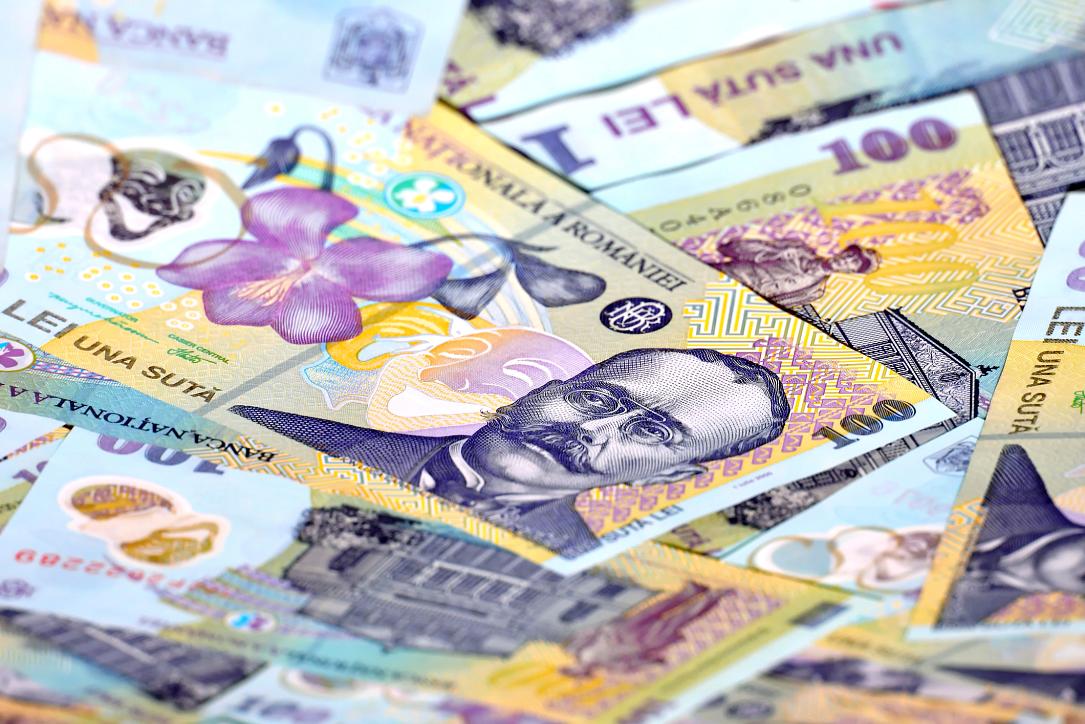Public personnel expenses up RON 6 bln YoY, lowest as share of GDP since 2017

The state’s expenses with personnel are projected to increase by roughly RON 6 bln (EUR 1.24 bln) to RON 118 bln. Despite the increase, 2022 is the second year of overall wage decline as a share of GDP.
Between 2017 and 2019, state expenditure on public sector wages rose by more than 20% per year. This year, wage increases gave way to more hires. Over 1.2 million state employees were registered in June of this year, approximately 79,000 more than in December 2016. The number of government workers is at its highest level in more than a decade, laying additional pressures on salary expenses. Back in 2010, a series of loans from the IMF and other international institutions forced the state to impose austerity measures. The number of state employees dropped, and their wages were cut for a time.
The number of people who work for the state in Romania has been increasing since 2015 (+0.5%), with the largest increases happening in 2017 (+1.7%), 2018 (+1.7%), and 2021 (+1%). Romania currently has over 1.2 million state employees which are part of an active population of over 8.2 million and a total number of 7.7 million employed persons, according to the National Institute for Statistics.
This means that roughly 15.5% of all jobs in Romania have the state as an employer. By comparison, approximately 11% of employed persons in Germany worked in the public service in 2021.
A greater number of state employees also led to more of the state's resources being directed toward wages. Personnel expenses reached a total of RON 68 bln (EUR 14 bln) in the first seven months of the year, representing 24% of total expenses and the second largest public expenditure, after pensions.
Nevertheless, the Romanian states' personnel expenses are now at their lowest share of GDP since 2017. Inflation, currently at 15%, caused GDP and state revenues to grow faster, decreasing the share allocated to salaries. Last year, the average annual inflation was 5.1%, against an increase in personnel expenses of 1.8%. This year price increases are anticipated to be at 12.6%, compared to an advance of 5.5% in terms of salaries. The current slowdown comes to counter years of radical wage hikes. Personnel expenses increased by 22% in 2017, 24% in 2018, and 19% in 2019.
(Photo source: Andrei Stancu | Dreamstime.com)













